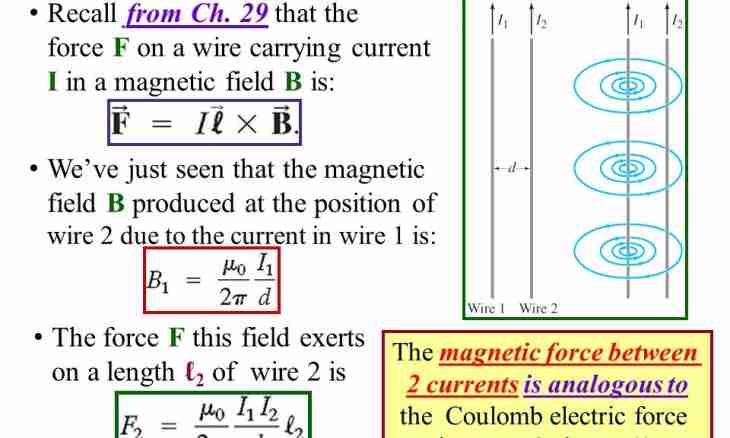At the solution of tasks on mechanics it is required to consider all forces operating on a body or the system of bodies. In this case it is more convenient to find the module equally effective forces. This size is numerical characteristic of the hypothetical force having the effect equal to cumulative influence of all forces on an object.
Instruction
1. Ideal mechanical systems at which there is only one force, practically does not exist. It is always the whole set of forces, for example, weights, friction, reactions of a support, stretching, etc. Therefore to define what action in newtons tests an object, it is necessary to find the module equally effective forces.
2. Equally effective all forces operating on a body are not physical force. It is the artificial size which is entered for convenience of calculations. However it is necessary to remember that any force is a vector which besides scalar characteristic has also the direction.
3. It is not always true to speak about the module equally effective, as about simple summation of all forces. Such assumption is right, only if they are sent to the same party. Then |R| = |f1| + |f2|, where |R| - module equally effective, |f1| and |f2| - modules of separate forces. If f1 and f2 have the opposite direction, then the module of equally effective is equal to the difference between the largest and smallest force: |R| = |f2| - |f1|; |f2|> |f1|.
4. It is possible to find equally effective forces directed on a corner to each other in a mechanical system with application of methods of vector algebra. In particular, rule of a triangle and parallelogram. In the first case combine the beginnings of perpendicular vectors of two forces and connect their ends a piece. The direction of this piece is defined by the largest force, and its length is similar to a hypotenuse in a rectangular triangle on Pythagorean theorem: |R| = √ (|f1|² + |f2|²).
5. The rule of a parallelogram is used in case the corner between vectors of forces is other than 90 °. Then calculations join its cosine, and the module equally effective forces is equal to length of bigger diagonal of a parallelogram which turns out by the room of the beginning of the second vector in the end of another and carrying out pieces parallel to them: |R| = √ (|f1|² + |f2|² – |2·f1| • |f2| • cos α).

